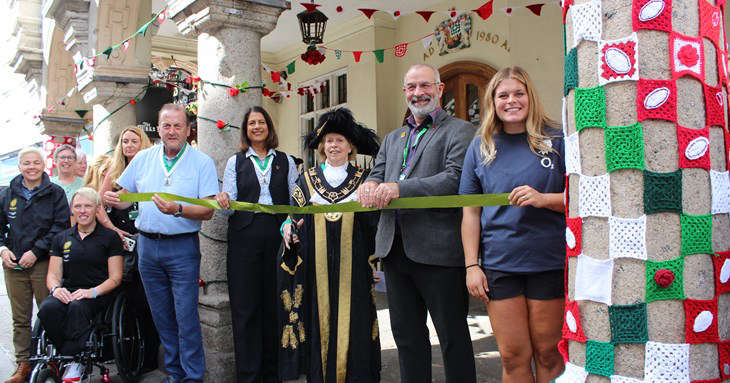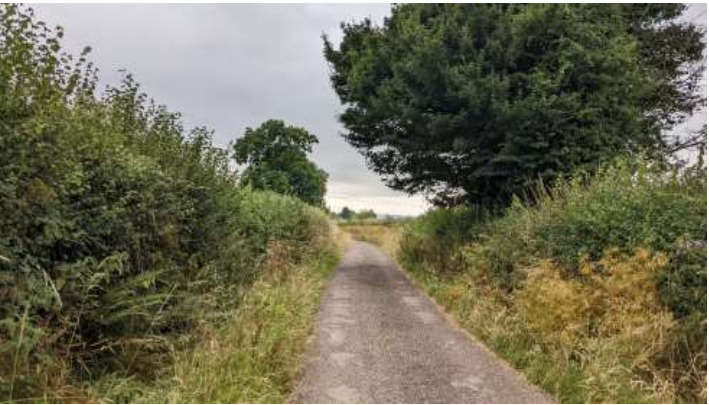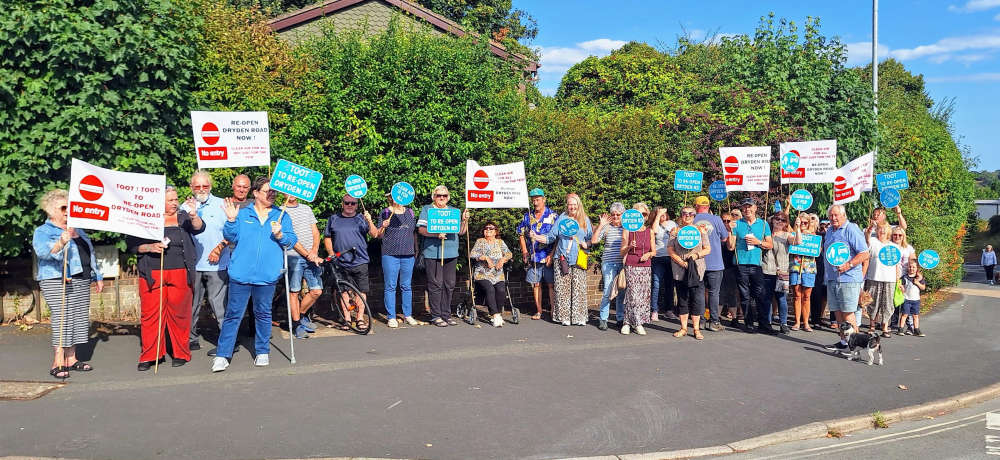
Deposits of unmined minerals could complicate a major proposed Exmouth housing site.
Planners mapping where thousands of new homes can be placed across East Devon may hit a stumbling block with one of the biggest single sites, located on land at St John’s in Exmouth.
A total of 700 homes have been chalked up for the site, nearly half of all the new properties the town is being asked to take as part of East Devon’s emerging local plan that covers where new homes can be built between now and the early 2040s.
It has now emerged in a council report that part of the site is in a so-called mineral consultation area (MCA).
MCAs are defined by Devon County Council as areas where deposits of potentially valuable or useful minerals could be located. The MCA in this instance mostly mirrors a 400-metre buffer zone around the Pebblebed Heaths, which are a protected area of land.
If a developer wants to build on land within an MCA, it first has to commission a report to confirm whether the potential deposits are valuable or not.
If they are deemed to have potential economic value, then they either have to be extracted before the land can be developed for homes, or that portion of the land needs to include aspects that can easily be reinstated after mining has been completed, such as recreational open space.
A report prepared for East Devon District Council’s strategic planning committee stated that the role of safeguarding areas for potential mineral extraction was aimed at “not sterilising or constraining future mineral extraction”.
“There can, however, be exceptions where a technically robust and objective mineral resource assessment is undertaken by a qualified person that demonstrates that extraction of the mineral resource has no current or potential economic value, when prior extraction takes place, or where the use is temporary and will be removed prior to any future mineral working.”
Because part of the St John’s site is within an MCA, it means an assessment can be carried out to see if any deposits are identifiable, and whether they offer any current or potential value.
If not, then the likes of housing development can take place.
“However, it should be noted that other significant development constraints apply across most of the [St John’s] land that falls in the consultation area anyway,” the report said.
“If the mineral constraint were lifted it could provide some greater scope and site capacity to accommodate some extra areas of built development and potentially, and more so, extra open space and recreational potential for the land.”

 Sidmouth gas works progress
Sidmouth gas works progress
 Yarn art on display in Exeter to mark Women’s Rugby World Cup
Yarn art on display in Exeter to mark Women’s Rugby World Cup
 Police appeal for information following a break in at Honiton Golf Club
Police appeal for information following a break in at Honiton Golf Club
 Housing switch-up in Honiton as masterplan reconsidered
Housing switch-up in Honiton as masterplan reconsidered
 Under-fire city councillor defies call to resign
Under-fire city councillor defies call to resign
 Council will cease running Northbrook Pool from 23 September
Council will cease running Northbrook Pool from 23 September
 Protesters demand end to ‘intolerable’ Exeter car ban
Protesters demand end to ‘intolerable’ Exeter car ban
 Exmouth RNLI help a rib in difficulty
Exmouth RNLI help a rib in difficulty











